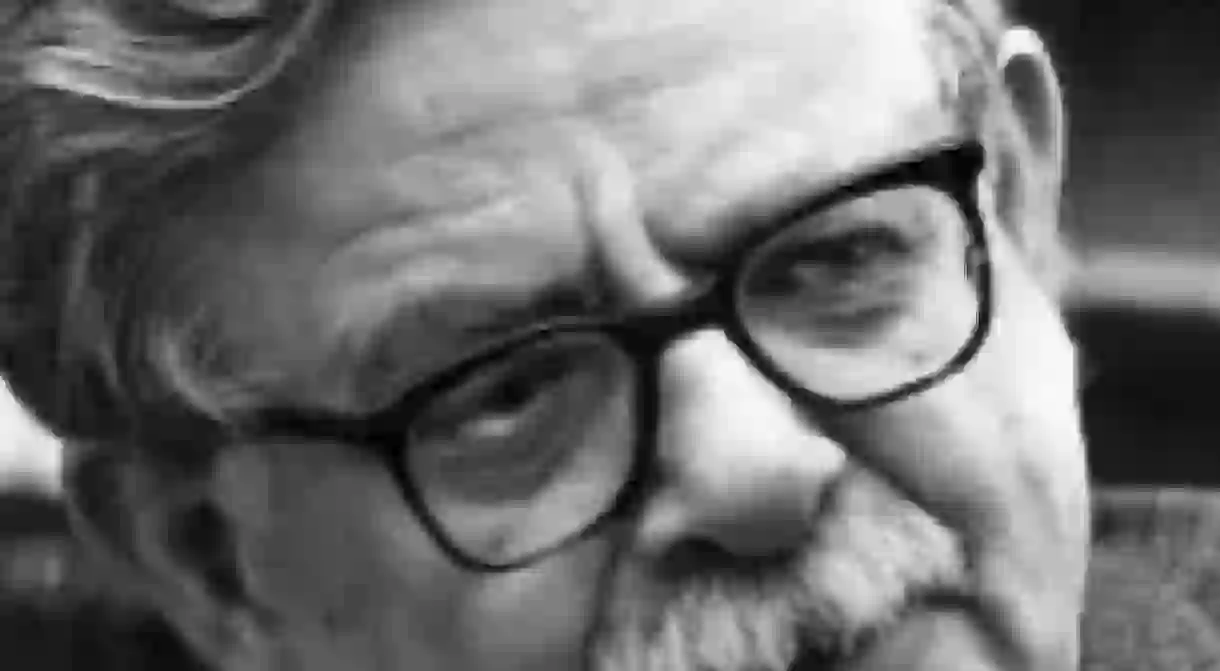Canetti's Auto da Fe and the Viennese Underworld

Elias Canetti was a Bulgarian born philosopher with an Italian surname who wrote in German. He was also the 1981 Nobel Prize winner for Literature whose transcontinental travels inspired a vast body of prose, poetry, stage plays and memoirs. Lindsay Parnell summarises the life of this multifaceted intellectual.

In 1911, six-year old Canetti left Austria to settle in Britain; but following the sudden death of his father, his family subsequently moved to Vienna. Because of his mother’s insistent request that he wrote in German when he was a child, Canetti used this language throughout his illustrious literary career. An interest in sciences led him to study Chemistry from a young age. Although he was an accomplished student, science was only a half-hearted pursuit that was often eclipsed by Canetti’s passion for literature and philosophy. While studying in Zurich, he met writer Bertolt Brecht and began to pursue his own literary aspirations. In 1929, after graduating from the University of Vienna with a PhD in Chemistry, Canetti abandoned the discipline to fully dedicate himself to literature.
Canetti’s cornerstone text, Auto da Fe, was published in 1935 but was not translated into English until 1946 because of the ban imposed by the Nazi Party. Auto da Fe tells the story of Herr Doktor Peter Kien, a self-imposed prisoner of his own apartment and private library in Vienna’s city center. Kien fears and detests any physical contact and social interaction with the outside world. Immersed in his obsessive Chinese studies, he rarely ventures outside as he is paralyzed by the fear of contamination and filth. Kien’s story features a number of bizarre events including a marriage to his ignorant maid, Therese Krummholz, with whom he has a tumultuous and sadistic relationship from the start. It is only when Therese throws Kien out of his own apartment that the writer ventures into Viennese underworld, crossing paths with a truly peculiar cast of characters.

While Canetti’s most notable work remains to be Crowds and Power (1960), none of his novels encompass such a visceral sense of place as Auto da Fe. While it is imbued with hopelessness, the story of Peter Kien is a fascinating examination of education, knowledge and psychoanalysis. For instance, Kien reconnects with his psychiatrist brother who hopes to ‘cure’ him in a humorous scene where they playfully debunk and explore Freud’s conception of psychoanalysis. Set against a backdrop of vicious socialist politics, Auto da Fe is a major literary accomplishment that satirically questions the political and social constructs of its day.
A world traveller, Canetti briefly lived in Britain where he was granted citizenship in 1952. He then travelled to Zurich where he spent the final two decades of his life. His literary resume boasts countless honorary degrees, awards and recognition for his inspiring career as an academic, thinker and writer.
By Lindsay Parnell













